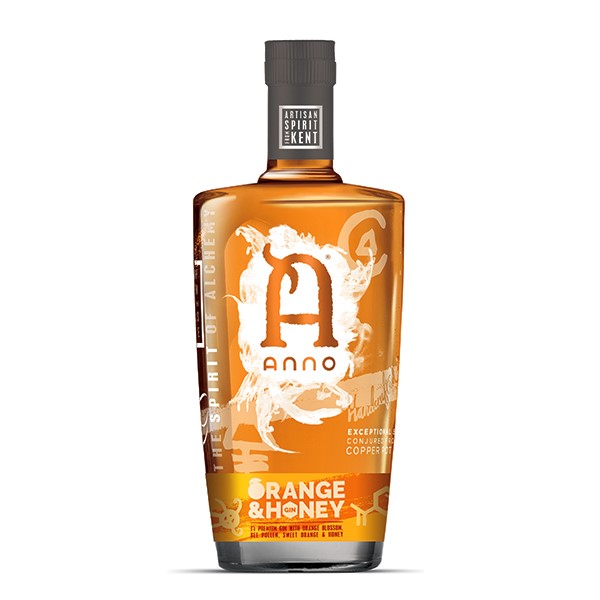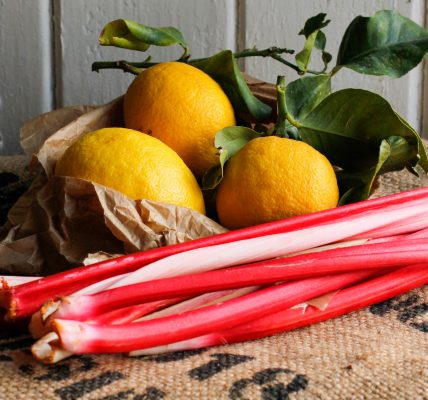Brian Chau Rodriguez, our new Wine Writer, shares the meaning of the specialist terms he will be using in our new ‘Wine’ section of the Taste Kent Magazine.
Acidity: Found in the soft tissue behind the grape skin. Imagine sucking on a lemon and feeling that sharp, zingy sensation along the bottom of your jaw line; that’s exactly how we feel acidity when we’re tasting wine. We also feel acidity by the level of salivation in the mouth. If your mouth feels more watery than usual, it’s safe to say that the wine you’re tasting has a lot of acidity.
Aroma: The smell of the wine.
Body: The body of a wine relates to the weight and viscosity of the liquid itself, or “mouth-feel.” Here’s a fun little benchmark to use when judging a wine’s body. Skimmed milk would feel “Light-bodied” in the mouth. Semi-skimmed milk would feel “Medium-bodied” in the mouth. Full-fat milk would feel “Full-Bodied” in the mouth. A wine’s body can be also be determined by how oily or “velvety” the liquid feels. The more you feel these textures, the fuller the body. You can even see how much body there is. When you swirl your wine around the glass for a few seconds and let the liquid settle, you will see a number tear drops or “legs” sliding down the glass. If you see lots of tears sliding down very slowly, your wine is medium to full-bodied. If you see only a few of tears sliding quickly down the glass, your wine is likely to have a light body.
Single-varietal wine: Wine made entirely from a single grape variety, e.g. 100% Sauvignon Blanc.
Blended wine: Wine made from a mixture of different grape varieties, e.g. 75% Cabernet Sauvignon, 20% Merlot, 5% Petit Verdot.
Skin: The outer layer of the grape that gives wine it’s colour and tannin. It also contains a waxy coating that is used in fermentation.
Pulp: The soft, flesh-like tissue behind the grape skin.
Sugars: Grapes contain a certain level of natural sugars in the pulp.
Sweetness: The more residual sugars that are left in the wine after fermentation, the sweeter it becomes. If you’re tasting just a hint of sweetness, it’s likely that your wine is “off-dry”.
Tannin: A chemical compound found in the grape skin and oak barrels; all grapes have this. Tannins provide the mouth with a drying sensation; especially along the gum line. Some red wines, particularly those made from grapes with thick skins can age really well if the tannins are integrated. Most red wines will have more skin contact during fermentation and will generally develop higher tannins than white and rosé wines.
Vintage: Year of grape harvest.
Non-vintage: Wines that were made from grapes grown in different years.





